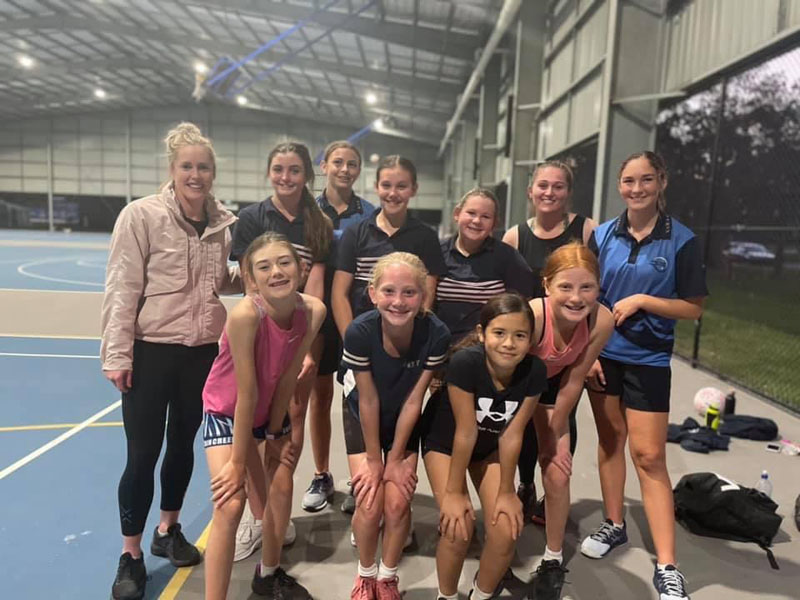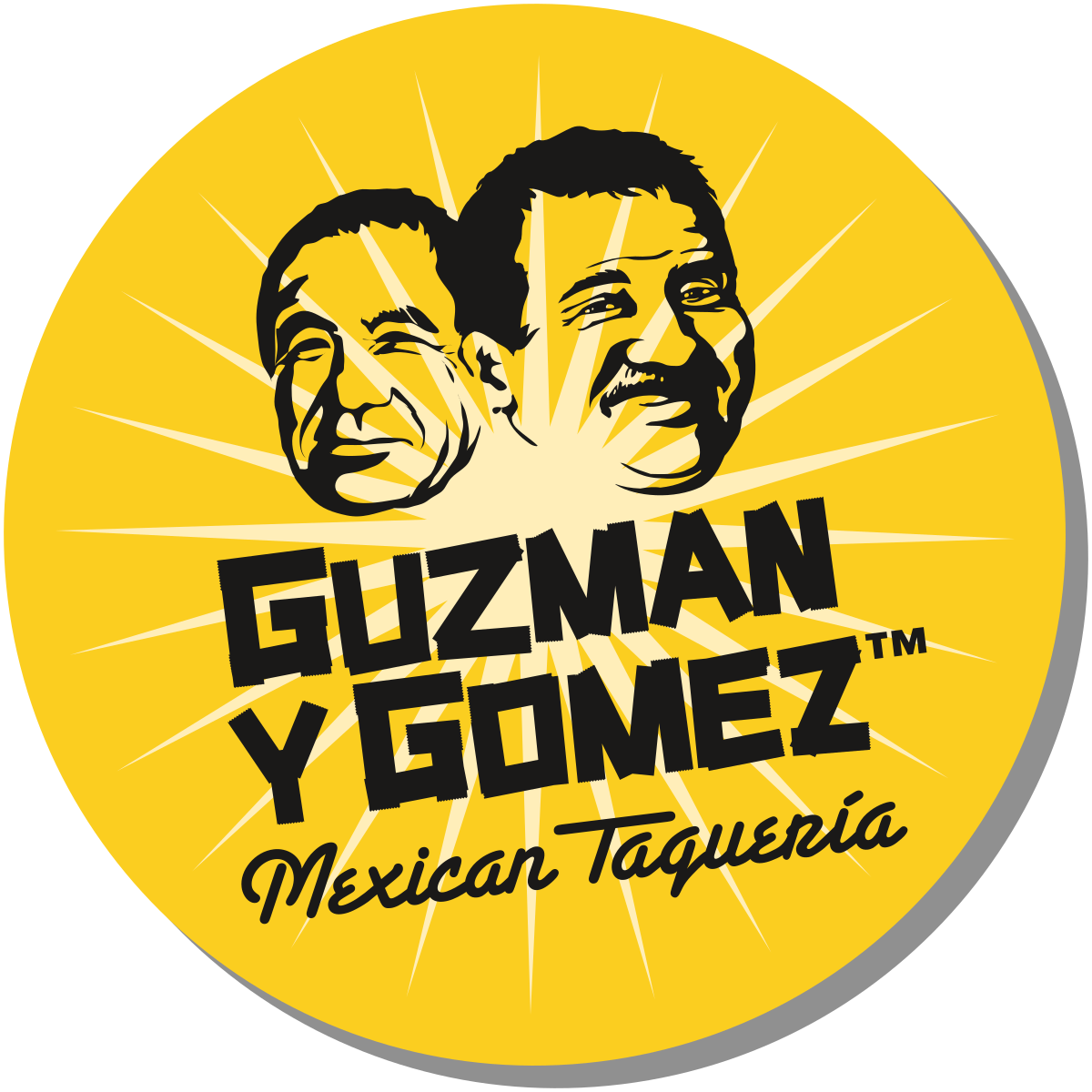Recovery – Warming Up & Cooling Down
Important but often neglected, warming up and cooling down are essential phases of any exercise session. It is the nature of the exercise to place demands on your body. Warming up properly prepares your body to cope with these demands, while cooling down assists recovery, bringing the body back to its normal sate and reducing post exercise discomfort.
Warming Up
The purpose of warm up is to prepare the body for the work ahead. To do this it must achieve the following:
- Raise body temperature – Warm muscles are more elastic, allowing them to withstand the stress of exercise without injury.
- Increase blood flow to muscles – Increasing the heart rate increases blood flow. This allows more oxygen to be carried to the working muscles, and assists in the removal of waste products from the muscle.
- Mobilise the joints – Most day to day activities only require a small range of motion at most joints. Moving the joints through a wide range of motion lubricates the joint surfaces and readies them for vigorous activity.
Activities to accomplish this will involve the major muscles of the body in brisk, rhythmic movements, combined with movements, which take the joints through their range of motion.
Cooling Down
- Recovery – After a vigorous workout, the body naturally returns to its normal state, doing only as much work as it needs for everyday activities. During this recovery time, a proper cool down will help the body to do this in the healthiest way possible.
At the completion of exercise, your heart rate remains elevated for some time. At which time, inactivity can lead to “blood pooling”, which can cause dizziness and fainting. Blood pooling is caused by blood being pumped away from the heart, but not being returned to the heart. Muscle contraction assists the return of blood, so keeping gently active after exercise is the best way to avoid such problems. This blood movement caused by muscle action (called “venous return”) also aids in the removal of waste products from the muscles. These wastes products, if left in the muscle, can cause soreness in the muscles at a later time
The best form of cool down is usually to continue the activity, but at an intensity that allows the heart to slow down. Going from a run to walk is a classic example. Any light aerobic activity after a heavy weight training session will do the job.
Stretching
Just after recovery is the best time to perform a major stretch routine. The muscles will still be warm, and thus more receptive to stretching. Those muscles that have been used may well be tight and in need of stretching.
The muscles that were most heavily used should be target for stretching. Postural muscles, including trunk muscles should also be stretched at this time.
Wayne Rodgers
Physiotherapist
Australian Netball Team


















